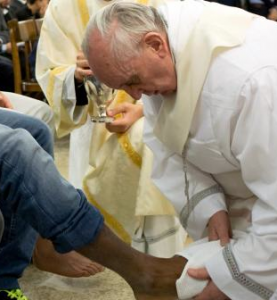 Recent story in the Atlantic about the interest in the Irish language, a Celtic language, also called Irish Gaelic (as distinct from Scottish Gaelic) in Northern Ireland, the majority Protestant region of Ireland that is part of the UK, separate from the majority Catholic Republic of Ireland. The Irish language has long played an important cultural role in the Republic, but not so traditionally in the North, where it has often been associated with the Catholic South. Now efforts are underway to try to use the Irish language as a way to bring Protestant Republicans and Catholic Unionists in Northern Ireland together. There are still smoldering feelings of resentment and injustice there, going back to the “Troubles”, the 40-year violent confrontation between the two sides over the political future of Northern Ireland.
Recent story in the Atlantic about the interest in the Irish language, a Celtic language, also called Irish Gaelic (as distinct from Scottish Gaelic) in Northern Ireland, the majority Protestant region of Ireland that is part of the UK, separate from the majority Catholic Republic of Ireland. The Irish language has long played an important cultural role in the Republic, but not so traditionally in the North, where it has often been associated with the Catholic South. Now efforts are underway to try to use the Irish language as a way to bring Protestant Republicans and Catholic Unionists in Northern Ireland together. There are still smoldering feelings of resentment and injustice there, going back to the “Troubles”, the 40-year violent confrontation between the two sides over the political future of Northern Ireland.
One of the surprising facts about Irish is the role that Protestants played in keeping the language alive at a time when its continued existence was threatened. This is a fact that Linda Ervine, a Protestant helping to organize Irish language classes in Belfast, the capital of Northern Ireland, uses to recruit fellow Protestants:
“The language was almost lost by the end of the 19th century because Irish became associated with poverty and Catholicism (particularly during the potato famine, which hit the poor the hardest). During the famine, about 3 million Irish emigrated. But what few Protestants in the neighborhood know, Ervine says, is that Irish, or Gaelic, was saved by a small group of Presbyterians, many of whom were steadfast loyalists.”
The interest in Irish in the North corresponds to an initiative there called Líofa 2015, or “fluent” 2015, which seeks to promote Irish as a means of reconciliation through interest in a common cultural heritage. It’s not only in Ireland that languages which seemed destined to die out as living languages have been revived and used as a way to bring groups together. The role that Hebrew has played in shaping modern Israel is perhaps the best-known example. In the U.S. Native Indian tribes such as the Navajo are emphasizing the importance of learning their language as a way of cementing cultural identity.













